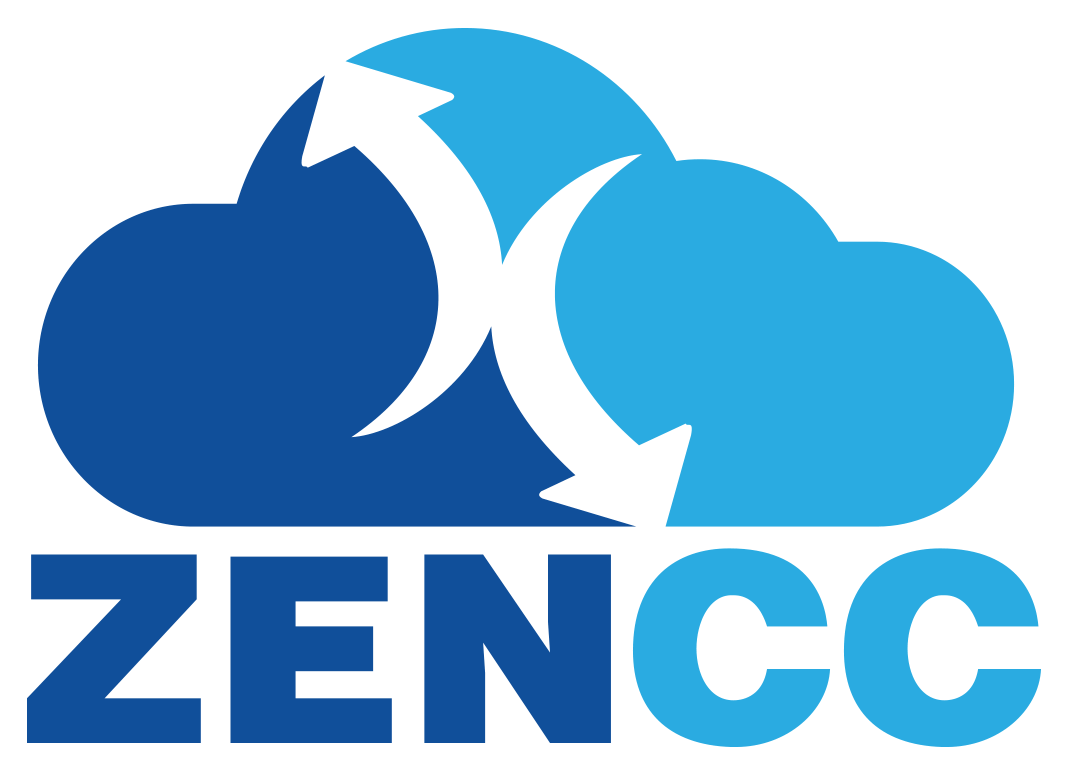
The technology has been booming for quite some time now. With each year the technology is becoming more complex and the life is becoming easier.
We embrace the technology and abjure understanding how exactly it works, it’s just because the acronyms and words used behind the technology or the terms are just too hard for a normal person to understand. One such thing is “Cloud Computing”. We use it in our day to day lives without even knowing we’re using it and yet we don’t know how exactly is it working.
Data stored, accessed and shared over internet is Cloud Computing. Here in the data is not saved on the local disk.
Anything that can be physically touched is the hardware. The local Hard Disk of our computer is a hardware, which occupies physical space. Cloud Storage on the other hand is a Virtual Storage which is available over the internet and doesn’t occupy physical space, atleast not for you.
Why exactly is there so much hype for the “Cloud”?
Well the answer is very simple. For large data, we need large data centers(i.e. the larger form of the Hard Disk), which eventually need a lot of other things which drive up the cost. They eventually need an IT team to handle all the processes plus the physical space too. This gives us pretty good idea how much the cost might go up, so companies prefer to use the Cloud. This is an over the internet service where in the Cloud Companies handle the Data Centers, they Cloud Service pay-to-use basis for the storage and then provide with the services of storage over the Clouds servers.
Using the Cloud Services help the company save physical space and also require less IT professional than before.
There are 3 types of Clouds on the basis of deployment
- Private Cloud:- Works solely for the company or the organization. It cannot be used by any one other that the organizational employees. It’s highly secure and used in places where secrecy and privacy are an important characteristic. Here the management and maintenance requires a dedicated IT team
- Public Cloud:- This is owned by the Cloud Service Provider and is highly efficient. Your data is stored in the provider’s data center and the provider is responsible for the management and maintenance of the data center. They’re not as secure as the Private cloud but security breaches are rare.
- Hybrid Cloud:- This is a combination of Public and Private cloud. A custom configuration can be made to meet our requirements for a flexible and low cost solution.
There are 3 types of delivery models of the Clouds:-
- SaaS(Software as a service):- Here in the as the acronym suggests the software is provided as a service, we don’t need to buy licensed software of install any software, we use it over the cloud servers. It’s universally accessible from any platform, it’s also available to the multiple users depending upon the configuration. It can be accessed anywhere through a browser. The basic examples is Gmail, Google Drive
- PaaS(Platform as a service):- Well to make it simple, it’s mainly used by Developers. It has Programming Language execution, a database, an Operating System etc. The programs can be built, ran and compiled in this model. The main advantage is that it is scalable. Here a set of programs are provided and managed by the Service Provider, rest is controlled by the consumer organization.
- IaaS(Infrastructure as a Service):- It basically gives all computing resources but in a virtual Environment. Everything in this service is handled and managed by the consumer organization. System admins mainly use this.
There are various benefit of Cloud Computing like Cost effectiveness, scalability, availability, accessibility, backup and restoring of data.
But like everything else Cloud Computing has limitations as well, it makes us reliable on the internet for its services, security issues as all the data is being saved in the data centers of Cloud Hosts, Low Bandwidth when a lot of users are accessing the cloud at the same moment.

